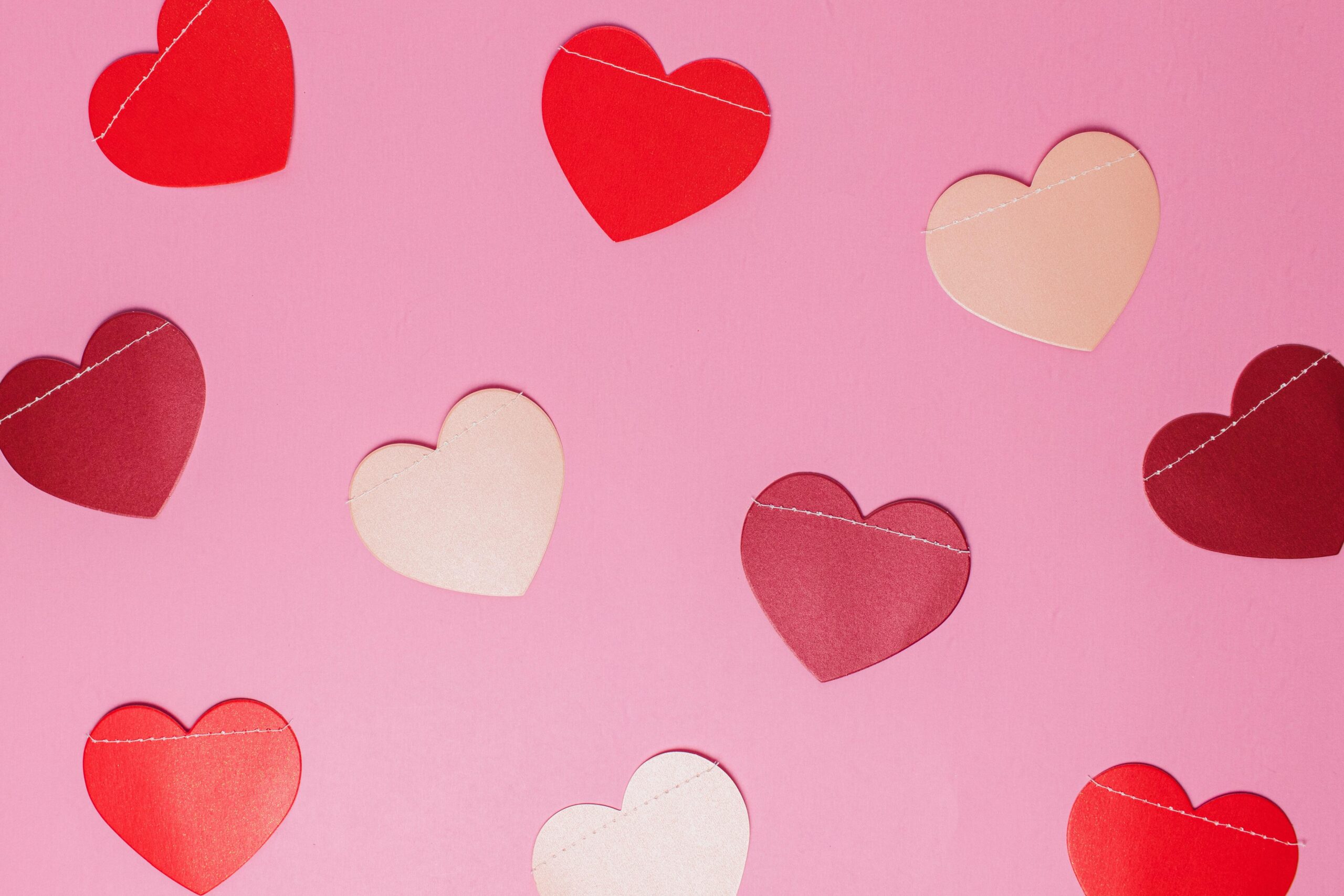Yet, on this imperfect journey, the force of self-love never disappears; and when you do access it, it need not be trained to do its job. Whereas many traditions teach us that we have to build up the muscle of compassion and love, The Body Positive Model (and the Internal Family Systems model) believes that self-love exists in you at all times. It may be trapped behind a wall of robust coping mechanisms, critical voices (doing their best to keep you safe in the way they have learned), but self-love is always beyond the wall, alive, well, waiting, ready. In his latest book, No Bad Parts, Richard Schwartz writes, “the Self is already buff with compassion. It merely needs to be released, not strengthened.” You don’t need to take your self-love to the gym to learn the practice of sself-love this Valentine’s Day, or any day. All you need to do is learn to trust it.
Of course, there are things you can do to help clear the path for self-love. Rituals like meditation, breathwork, and embodied movement (e.g., yoga, walking meditations, etc.) can be wonderful tools to help your internal system learn to trust and surrender to love. We have linked a self-love meditation at the end of this blog to help you invite self-love and self-compassion into your body today.
Please know that opening yourself up to self-love in this meditation doesn’t mean pushing away the feelings and thoughts that are not love (e.g., fear, sadness, depression, worry, anxiety, fear, anger). A self-love practice simply invites you to ask these parts to allow you some breathing space, to access the loving, compassionate self energy that already surrounds them, like the cytoplasm surrounding a cell’s contents, or the creamy chocolate surrounding and holding the almonds in my favorite treat.
Self-love is not selfish. By helping yourself open up to and cultivate self-love inside yourself, you are not escaping but rather actively partaking in the collective project of interhuman connection and healing.
Elizabeth Scott claims, “Being able to be kind to ourselves is the resource that makes it possible to be kind to others.” Outwardly focused love and self-love are parallel structures, like the stacks of a Russian doll. Interpersonal love nourishes and holds our community together, and self-love supports and nourishes the individuals that form that community. More, these macro and micro (other/self) layers reflect and shape each other. When I bake, I taste my goods—I enjoy them first. Receiving and soaking up self-love is how we learn to be stronger, more attuned love-givers. As within, so without, the adage goes. More comprehensively How we treat parts in ourselves, I’ve noticed, is how we approach them in the world. (Richard Schwartz) When we hold ourselves with love, we can extend this gift to others.
On those chocolate-fueled study nights, I would instruct my friends, peering wide-eyed into the box: If you don’t like your first bite, put it back! My mother’s intuitive eating mantras from my high chair days spilled forth. The idea of someone forcing a chocolate out of politeness physically hurts me in the way that seeing a dog get yanked by its collar across a street hurts.
The Body Positive offers the following resources to you today with a similar generosity and non-attachment. Taste it, try it. If you like it, seize it, it is yours. If you don’t, simply put it back. Trust the taste buds of your intuition. This discernment, itself, is a form of self-love.
I suggest you read the whole of Mary Oliver’s “To Begin With, The Sweet Grass” But I will leave you with her last lines:
And what do I risk to tell you this, which is all I know?
Love yourself. Then forget it. Then, love the world.
Resources:
